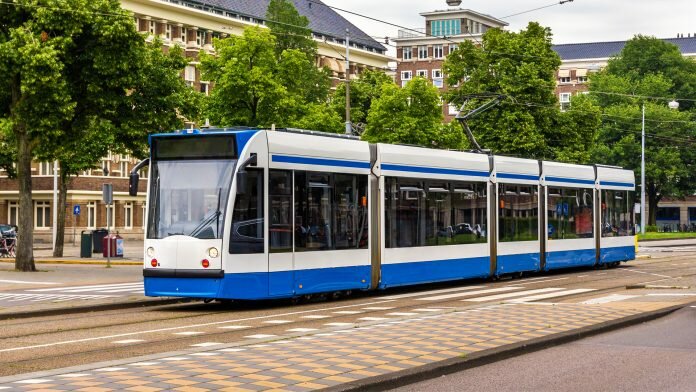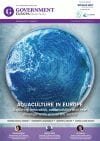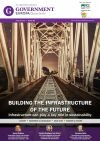
Business consultancy and market analysis firm Frost & Sullivan has developed a Smart Mobility City Tracker, studying the progress of smart technologies in 100 cities.
The tracker, which monitors cities using more than 150 individual criteria, is the result of an ongoing data-driven study and is accessible online in the form of an interactive map. Cities’ data is grouped in a series of categories across the field of smart mobility: new mobility technologies; readiness for autonomous mobility; sustainability; digitisation; transport infrastructure and vision; logistics; and regional policy and regulatory frameworks. According to the parameters of the Smart Mobility City Tracker, none of the cities studied had sufficiently integrated smart mobility solutions to qualify them for Frost & Sullivan’s “innovators/leaders” designation; though Amsterdam and Hong Kong were singled out for particular praise, due to their high levels of uptake of sustainable modes of transport.
Frost & Sullivan hopes the Smart Mobility City Tracker will aid cities in growing their smart mobility potential by enabling them to:
- Discover and monitor current mobility trends and regulatory changes;
- Draw comparisons with other cities to build smart strategy;
- Observe the ways in which other cities respond to mobility challenges;
- Gain an understanding of the levels of spending consumers are prepared to direct to smart mobility solutions; and
- Study best practices and business models for potential replication.
Shwetha Surender, mobility industry principal at Frost & Sullivan, said: “Strategic collaborations among public and private stakeholders in terms of operating models, car usage, multimodal journey planning, and payment options will drive innovative mobility models, particularly mobility-as-a-service (MaaS) initiatives in cities. Vehicle occupancy rate is approximately 35 per cent to 40 per cent in cities, but shared mobility can improve vehicle utilisation by 85 per cent, which will not only decrease on-road vehicle miles travelled, but also relieve congestion and free up 20 per cent of street space used for parking.”


















